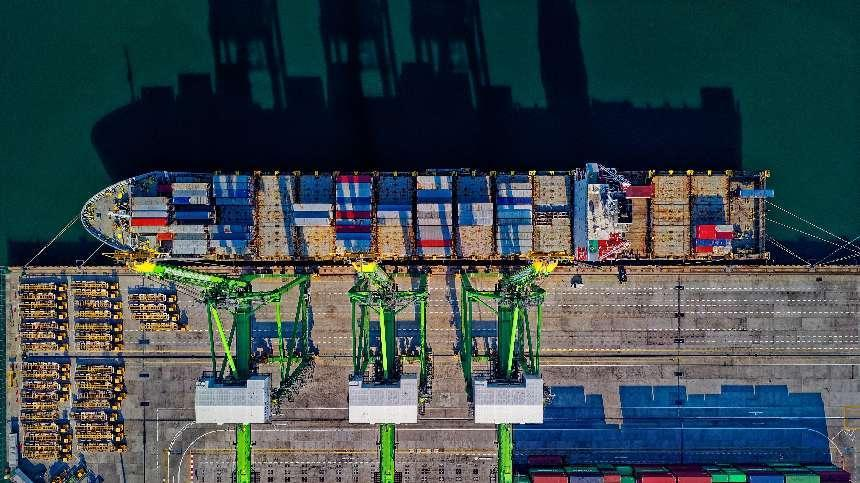E-commerce craze in the Middle East Saudi e-commerce growth rate exceeded 32% in the first quarter of 2023
As a new consumption trend and development model in the Middle East, e-commerce is attracting more and more attention. The scale of e-commerce market in the United Arab Emirates, Saudi Arabia and other countries is expanding year by year, gradually occupying an important position in the Middle East. According to the business announcement of the Saudi Ministry of Commerce, the Saudi e-commerce industry has shown tremendous growth, with an annual growth rate of more than 32% in the first quarter of 2023. So, in the context of the hot development of Saudi e-commerce, what are the specific performance and demands? We can understand it from the following three aspects:

1.E-commerce market.
Saudi Arabia is the 27th largest e-commerce market in the world and the largest in the Middle East. According to data, the Saudi e-commerce market is expected to grow at a compound annual growth rate of 20.87% from 2022 to 2027. Saudi e-commerce revenue is expected to reach US $11.977 billion in 2023 and US $20.1558 billion by 2027.
The scale of Saudi e-commerce market is expanding, and the number of e-commerce platforms is also increasing. By relaxing the restrictions on ownership and market access, and actively promoting the development of cross-border e-commerce, the Saudi government has implemented a series of policies and measures to provide important support and guarantee for the rapid development of cross-border e-commerce.
2.Consumers' purchasing habits.
A wider range of items available online is the main reason why Saudi consumers choose cross-border online shopping. Saudi consumers shop online frequently, with 80% of consumers shopping online at least once a day. The cross-border shopping categories with the highest frequency of purchase are baby products, pet goods, sporting goods, toys and games, and home gardening.
3.E-commerce logistics.
It is understood that at present, Saudi Arabia's e-commerce logistics services are mainly completed by third-party logistics companies. Due to the lack of the support of logistics system, there is a lot of room for improvement in logistics speed, logistics cost and so on. In terms of logistics and distribution, most Saudi buyers hope to receive the goods within a week. Seventy-three per cent of Saudi buyers said they hoped that the logistics and distribution time would not exceed six days if they had to take care of the freight themselves.
On the whole, there is still a lot of room for growth in the proportion of e-commerce in the Middle East and North Africa, which is expected to grow to 8.3% by 2026. In view of its development potential, the Middle East has attracted more and more e-commerce investment.
Article source: Sohu is an information release platform
